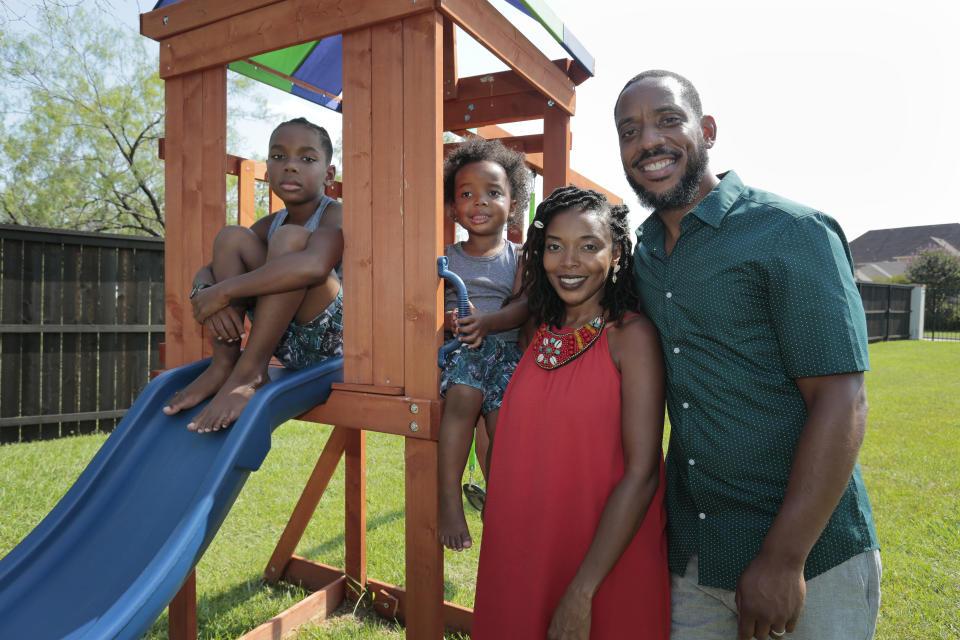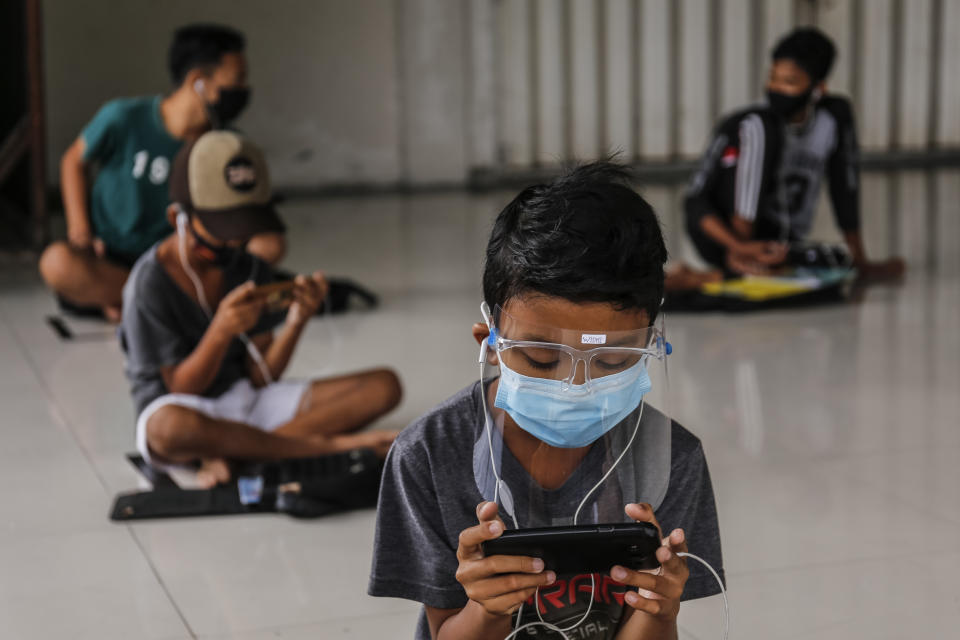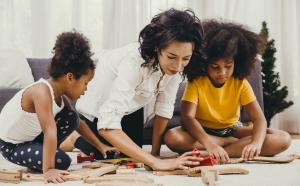The ins and outs of learning pod etiquette during a pandemic
School is in session in a growing number of states, but with one major twist: the classroom.
Amid the continued threat of COVID-19, just one in seven parents reported they will be physically sending their children to school this fall, according to a new survey from the New York Times. Instead — left with few other options — some parents are clustering their children together in “pandemic pods” or learning pods as an alternative.
The pod essentially replaces the traditional classroom and teacher with a neighbor's home and parent volunteer or paid tutor. Anywhere from two to 10 students— who aren’t necessarily in the same class or grade level—band together to learn and socialize together in person.

But learning pods aren’t feasible for every family. Pods function on the assumptions that parents live in homes large enough to host multiple children with ample Internet bandwidth to support simultaneous online learning. At least one adult must be present to supervise, provide learning support, and coordinate snacks and meals.
At their best, a pod would resemble a one-room schoolhouse from “Little House on the Prairie.” At their worst, a pod has the ability to turn into a source of drama and strife for parents during what’s an already stressful time.
Cashay caught up with etiquette and lifestyle expert Elaine Swann to discuss how parents can best navigate the ins and outs of pandemic pods.
‘Link up with people that you like’

In most cases, parents don’t have the agency to select their child’s teacher or classmates, so use this as your unique opportunity to build a community and “link up with people that you like,” Swann said.
You should be able to “honestly” and “effectively communicate” with the other parents because hard conversations are inevitable, she said. Don’t go into the situation haphazardly; consider this decision as the foundation for you and your child’s entire experience.
A good place to start is with the parents of your child’s friends. Reach out and broach the topic.
‘Share the load’

Taking on the responsibility for the academic success and well-being of the entire pod is a lot for one parent to carry, so “share the load” to make it a communal endeavor, Swann said.
For instance, a round-robin arrangement of families, taking turns hosting the cohort, can mitigate scheduling conflicts between parents who work from home and need to request accommodations from their employers.
Moreover, if a parent isn’t able to host the pod because of an out-of-a-work commitment or because there are younger children in the family, suggest they contribute to the co-op in other ways like hosting a weekend or evening event like arts and crafts or cooking class.
Splitting finances is also paramount. Each parent should pay the tutor or enrichment learning provider directly through a secured and contactless payment app like Zelle or Venmo, according to Swann.
“You'll be able to know exactly who paid and what they're supposed to pay,” Swann said. “There's no breakdown in communication.”
Pod parents should also coordinate how they will split snacks, drinks, and meals. It’s reasonable to request that parents pack their children with a daily lunch but the host parent provides a snack.
‘Approach it from an organized perspective’

Assumptions on social distancing guidelines, finances, and dietary regimens could be the downfall of pod arrangements. That’s why it’s important to get everything in writing, Swann said.
“For families who are considering launching an educational pod, really approach it from an organized perspective,” she said.
Lay out the expectation that each host family will provide the basics for education: charging ports for devices, dedicated spaces for eating and recreational time, and a home free from distractions like younger children or pets.
There should also be pandemic-specific provisions for host families such as taking temperatures upon entry, face masks, and providing hand sanitizer. A plan should also be in play if a child tests positive or comes in contact with someone sick with COVID-19.
A Google Form is one way to establish transparency and include information about a child’s allergies and restrictions. Similarly, a shared Google Drive can digitally house each co-op’s terms.
“Do not go at this without a plan,” Swann said, “because that's when things really will become contentious.”
‘Beauty coming from the ashes’

Learning pods aren’t any parent’s or child’s first choice for the upcoming school year, but collectively, parents are making the best of an unpredictable situation.
Acknowledging the current “crisis mode,” coupled with the liability and achievement of the neighborhood resting on parents is stressful, but Swann said “we will come together more as a community” and see “beauty coming from the ashes.”
Stephanie is a reporter for Yahoo Money and Cashay, a new personal finance website. She can be reached at stephanie.asymkos@yahoofinance.com. Follow her on Twitter @SJAsymkos.
Read more information and tips in our Family section






